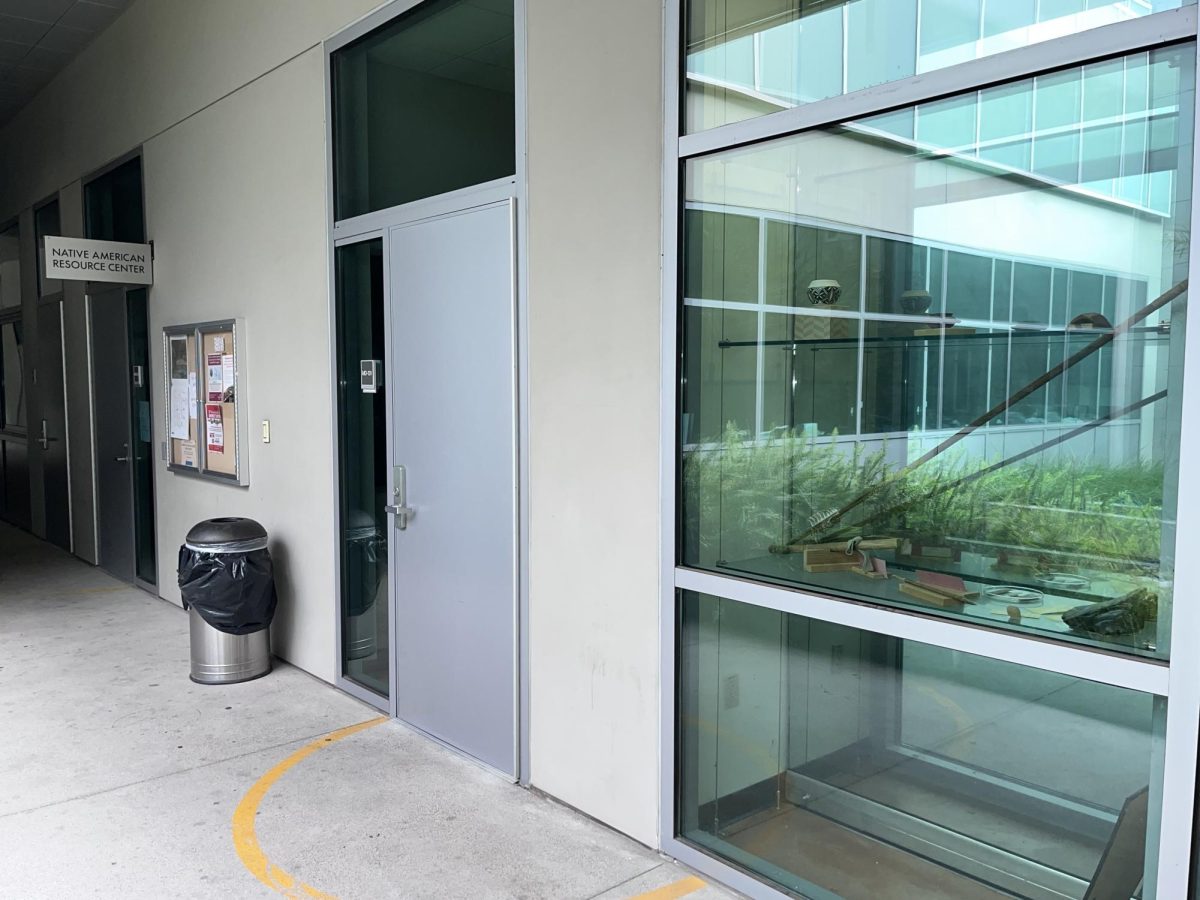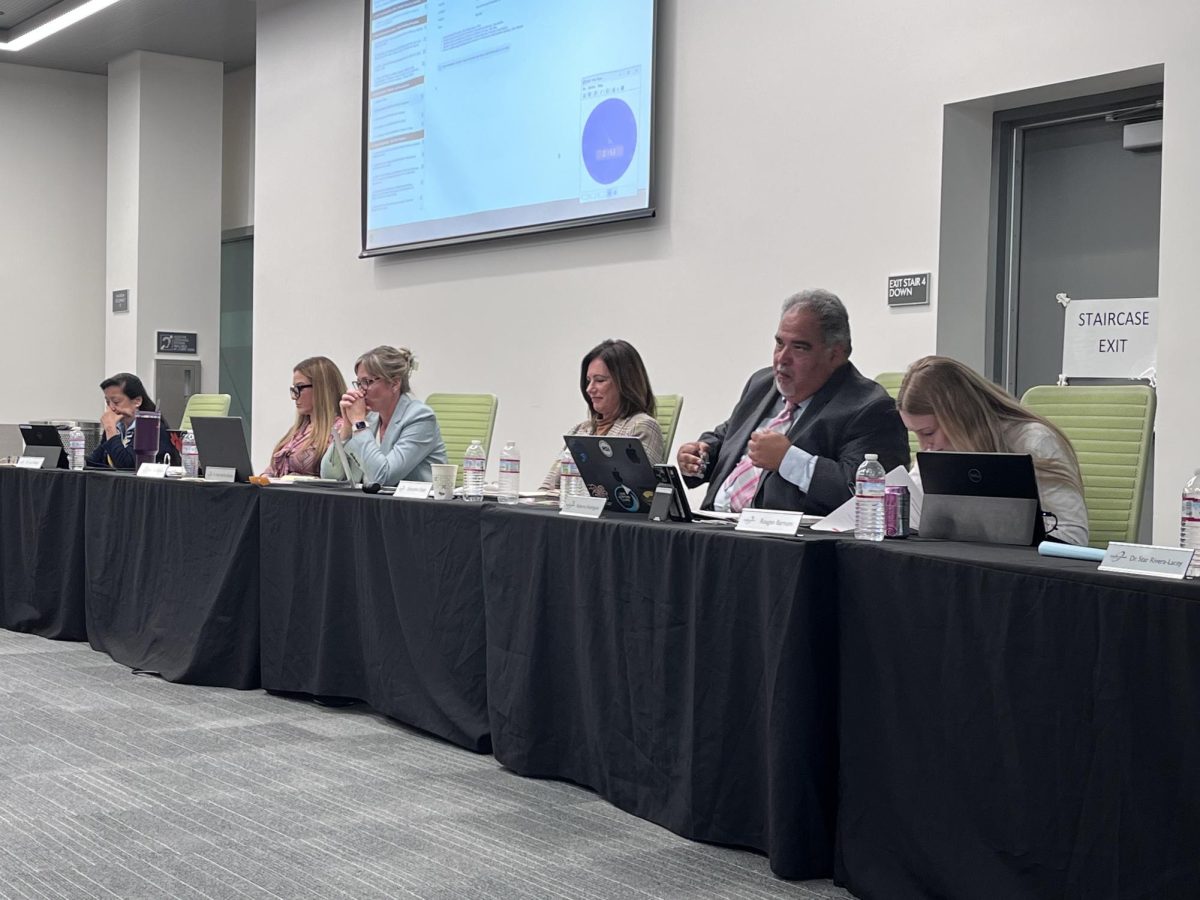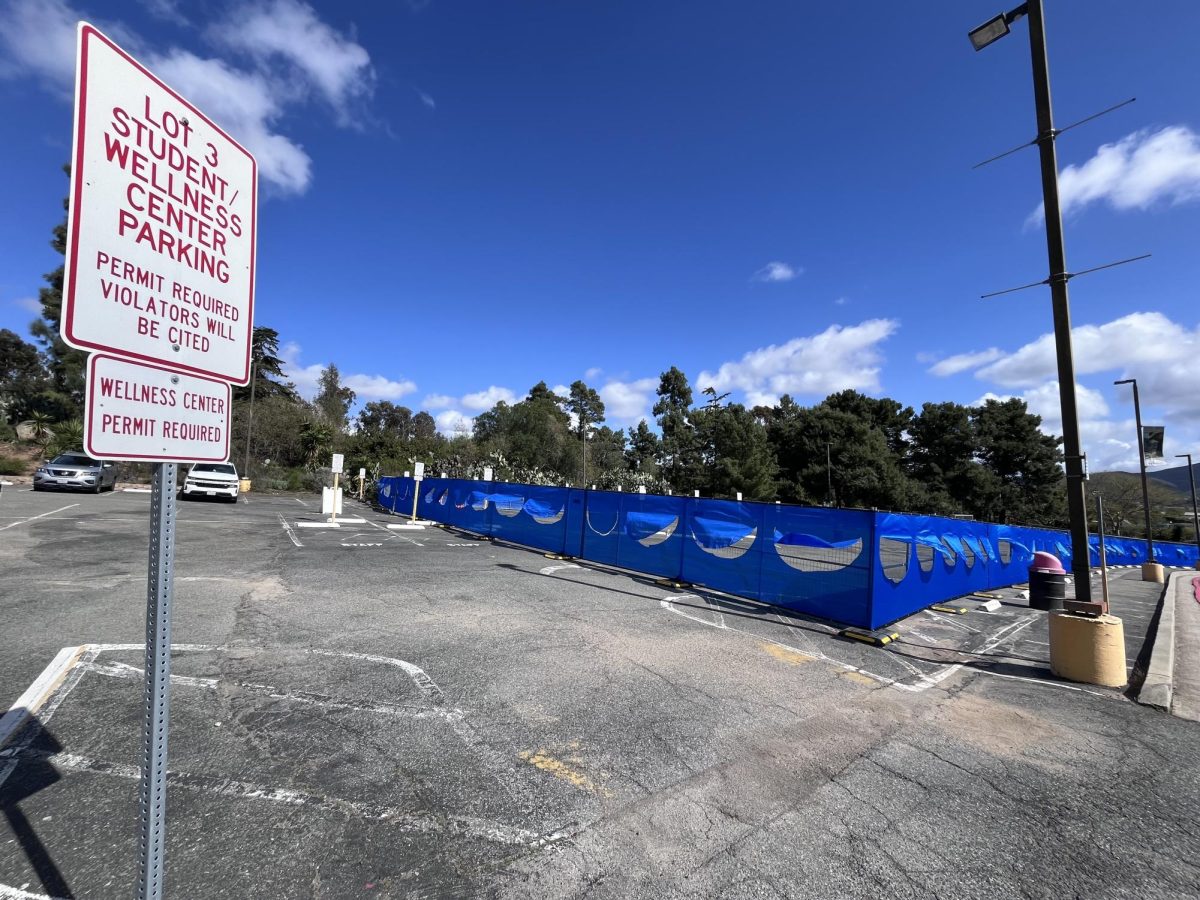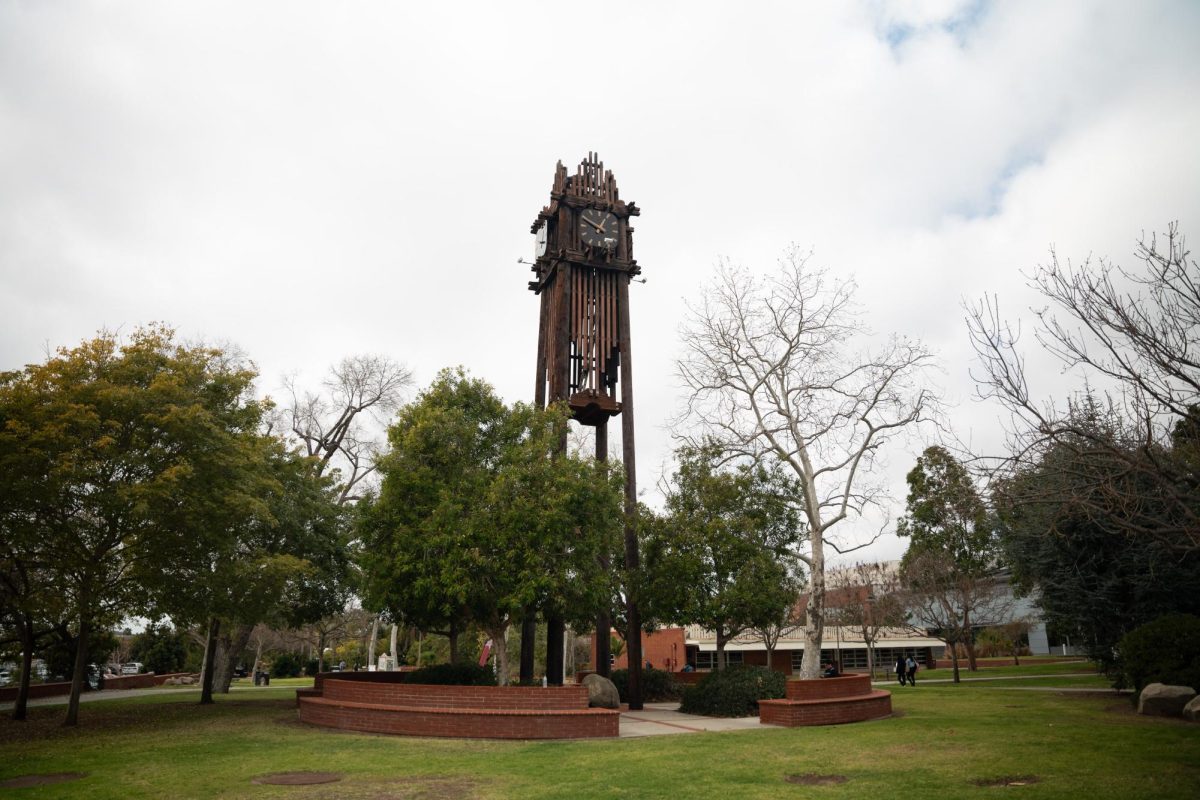Story by Matt Baker, Hayley Lawson and Parker Meister
Palomar College’s assumed expenditures for this school year are quite different than years we might see in the future.
This is mainly due to a $5 million loan Palomar had acquired from the school year 2019-20. With a plan to pay the loan back, the fluctuation in the other post-employment benefits (OPEB) is revealed.
Other expenditures mainly relay back to the teaching staff. Step & Column is a two part system to determine teachers’ wages for the school year, and COLA refers to the Cost Of Living Allowance.
However, one of Palomar’s biggest expenditures would be the energy cost increase, mostly in electricity, as the school slowly reopens its locations. This means that classroom lights being on and energy usage will lead to money being spent. The rough cost estimate is $600,000.
After being hit hard by the pandemic and having a drop in enrollment numbers in 2020-21, Palomar is banking on a 5% increase in enrollment in the 2021-22 school year and a 7% increase in 2022-23. This will get it back to what it lost in enrollment for the 2020-21 school year.
Ambur Borth, Assistant Superintendent/Vice President of Finance and Administrative Services, discussed trying to find new ways to generate revenue through the Student Centered Funding Formula (SCFF) by working with the Enrollment Management Task Force to get enrollment back on track.
A massive loss in revenue was endured by Palomar due to the lack of students on campus since March of 2020, which otherwise would have been produced from sales at the bookstore or vending machines.
A Higher Education Emergency Relief Fund (HEERF) was incorporated into the budget by the U.S. Department of Education for $449,980. This fund was granted to Palomar for both the 2020-21 and 2021-22 school years to stabilize the college’s budget.
It is unknown whether or not a HEERF fund will be applied further than 2022.












